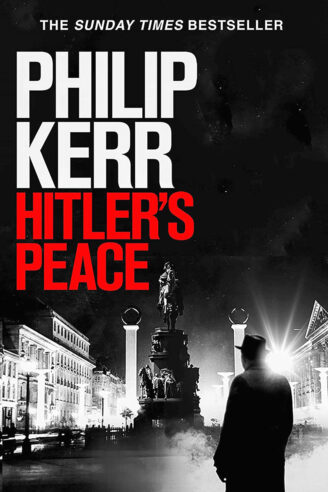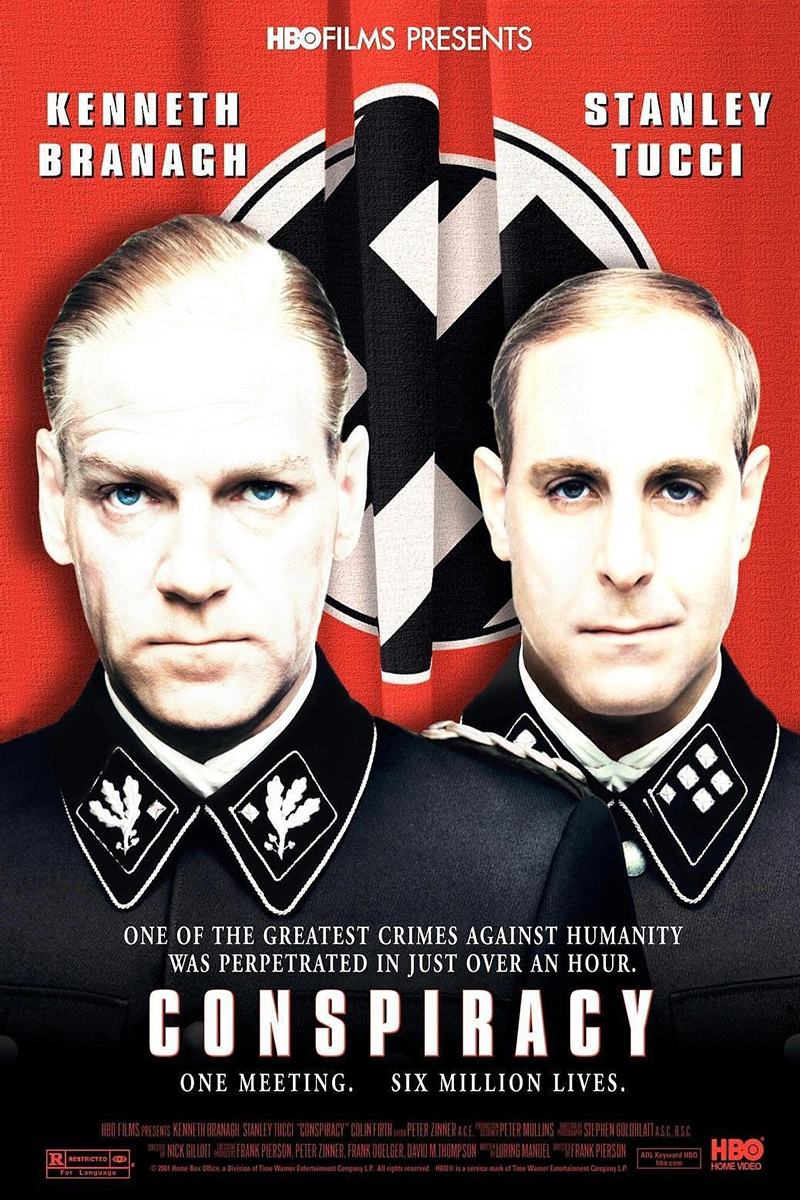Good alternate history sticks close to real history. Philip Kerr forgot that cardinal rule in Hitler’s Peace.
The novel starts off promising enough. Kerr references real-world events, including Heinrich Himmler’s peace overtures to the Western Allies and the German plot to kill Winston Churchill, Franklin Roosevelt and Joseph Stalin at the Teheran Conference in 1943.
But he tries to do too much by featuring not one but two plots against the Big Three and throwing in too many historical characters, including the widowed wife of German security chief Reinhard Heydrich and British intelligence agent Kim Philby, who spied for the Russians, for seemingly no other reason than to mention their names.
Kerr’s female characters exist only to motivate men. All three (and there are only three, counting Lina Heydrich, who appears in a single chapter) are repeatedly described as beautiful and ready for sex.
The plot moves along slowly for two-thirds of the books, when it goes off the rails. I have to hint at some spoilers here to explain, but I don’t think I’m revealing too much given the title of the book.
Nothing we know about Hitler suggests he would have been willing to make peace, certainly not if the price was to give up all the territories Germany had conquered under his tyranny. He considered the Second World War a life-and-death struggle against subhuman Jews and Slavs. When defeat was certain, he issued a “Nero Decree” demanding the destruction of German factories and infrastructure to avoid them falling into Allied hands. As late as April 1945, days before the fall of his Third Reich, Hitler ordered Himmler’s arrest when he learned the SS chief had proposed to surrender Germany to the Western Allies. Yet Kerr would have us believe this man was willing to negotiate a reasonable peace in 1943?






1 Comment
Add YoursGood and useful review